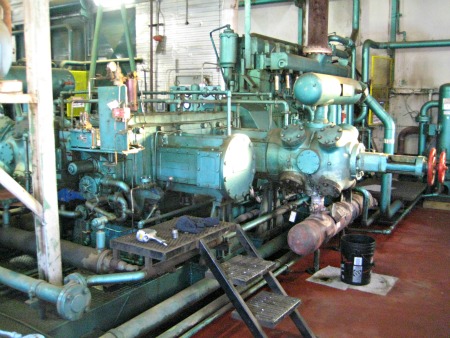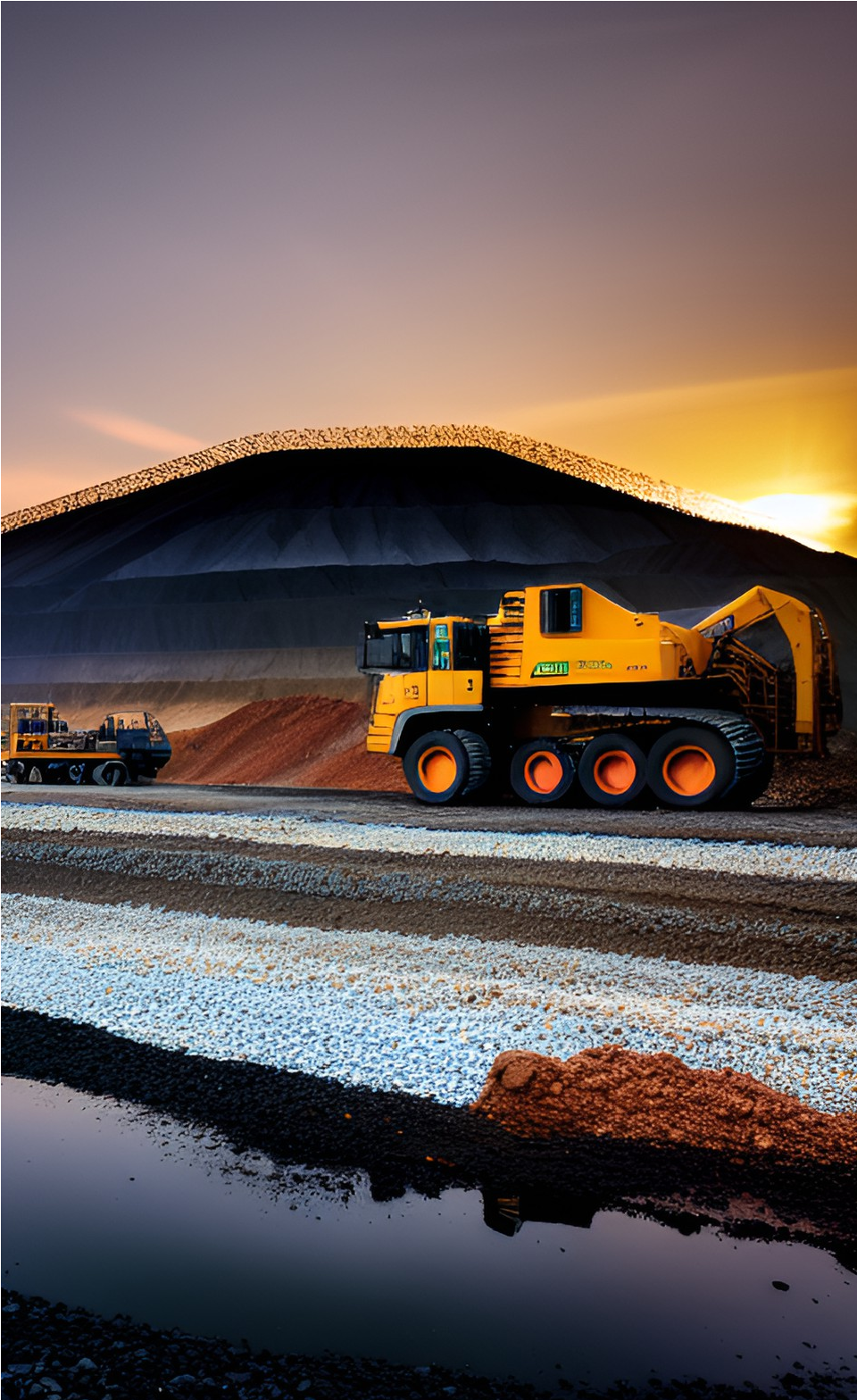- Air Homepage
- Employment
- Natural Resource of Canada
Mining, a natural resource of Canada
Is there anyone who relies on a natural resource of Canada? There are a lot of Canadian industries. It could be energy, water, metals, agricultural products, or anything else. As long as they respect the environment, we're okay with them exploiting our resources economically (and ethically).
Search for more about Canada.
Canada's Mining Wealth and Sustainable Future: Bedrock of the North 💎Did you know that diamonds, gold, and potash mined from the Canadian ground power our economy? Learn how the industry is now working to balance profit with sustainability by controlling emissions and protecting our most precious natural resource: clean air, instead of just seeing a mine.
They're also encouraged to take care of our resources. This page is mostly about mining.
The Canadian mining industry is crucial to our economy. This includes strip mining, coal mining, and diamond mining. Mining is an important part of Canada's economy since it's a mineral-rich country. The most important minerals mined in Canada are:
- Canada is the fifth-largest gold producer in the world, with deposits in Ontario, Quebec, and British Columbia.
- Canada is the eighth-largest copper producer in the world, with major deposits in British Columbia, Ontario, and Quebec.
- There are significant nickel deposits in Ontario and Quebec, making Canada the sixth-largest nickel producer in the world.
- Saskatchewan has significant potash deposits, making Canada the world's second-largest potash producer.
- Canada has significant iron ore deposits in Labrador and Quebec.
- Canada is the world's fourth largest zinc producer, with significant deposits in British Columbia, Yukon, and Manitoba.
- There are significant diamond deposits in the Northwest Territories, making Canada the world's third-largest diamond producer.
Natural Resources Canada, NRCan, is the result of this. Among other industries, it oversees energy, minerals, and forestry.
Even though the provincial governments regulate companies within their borders, NRCan provides us with a master database of our resources.
A number of Earth Science projects are underway
Imagine you owned a mining company and you were worried about regulations. As an example, let's look at oil and gas. The Canadian oil and gas industry provides jobs, revenue, and energy security for the country. It's easy to focus on its downsides, but there's a lot of good too.
- The extraction and use of fossil fuels, like oil and gas, do contribute to greenhouse gas emissions and climate change, leading to significant worry from an environmental perspective. We have found the need to switch to cleaner and more sustainable energy sources.
- Over the last few years, the Canadian oil and gas industry has made big strides in reducing its environmental impact. Many companies have invested in technologies to reduce greenhouse gas emissions, like carbon capture and storage. In addition, the industry has improved environmental monitoring and management practices to reduce its impact on wildlife and habitat.
- Another plus, the industry supports the development and deployment of renewable energy. Canadian oil and gas companies are investing in renewable energy and transitioning to lower-carbon energy sources.
The Canadian oil and gas industry will continue to play a crucial role in meeting global energy demand as the world transitions to a more durable energy future. The industry also needs to work towards a cleaner, greener future while operating responsibly and sustainably.
Managing Environmental Issues in Mining Operations
What issues will you and your staff have to deal with? There are a lot of them, and it can be overwhelming. Let's start simple.
What's the location of the mining equipment? That doesn't matter because the site operations, the planet temperatures, the environment, and the atmosphere earth uses to keep warm could be affected the same way, no matter where you are. Air and water emissions may vary depending on where you are.
There's no shortage of environmental consultants who can work on these mining jobs worldwide. Additionally, they can tailor a solution to pollution, resource conservation, and other environmental issues.
The allocation of employee hours and other resources continues to be flexible, so scheduling and completing projects will remain possible.
Have you heard of the canary in the coal mine? The mining company benefits greatly from air quality experts. It's the same with anything geological.
Contribute to wise development of the natural resource of Canada
Do you have airborne particulate emissions? Should they be assessed for their impact? Air quality Dispersion Modelling could be a critical step in determining your situation. Send us an email at Calvin Consulting Group Ltd. in Calgary.
We're proud to contribute to Canada's clean air, its most coveted resource.
Get a Job. At the right place, you'll find jobs in mining, engineering, and consulting, plus environmental jobs, in Canada. Mining and production of these minerals contribute significantly to the Canadian economy.
Check out the Stuff in the Air Environmental Health and Safety Jobs page for tips to find them more efficiently.
Go back to the Stuff in the
Air homepage, or search this site for more information now.
What is your opinion of the natural resources of Canada?
Are we compelled to neglect our air and environment as a result of exploiting a natural resource in Canada? Here is what you need to know.
Do you have concerns about air pollution in your area??
Perhaps modelling air pollution will provide the answers to your question.
That is what I do on a full-time basis. Find out if it is necessary for your project.
Have your Say...
on the StuffintheAir facebook page
Other topics listed in these guides:
The Stuff-in-the-Air Site Map
And,
Thank you to my research and writing assistants, ChatGPT and WordTune, as well as Wombo and others for the images.
OpenAI's large-scale language generation model (and others provided by Google and Meta), helped generate this text. As soon as draft language is generated, the author reviews, edits, and revises it to their own liking and is responsible for the content.




New! Comments
Do you like what you see here? Please let us know in the box below.